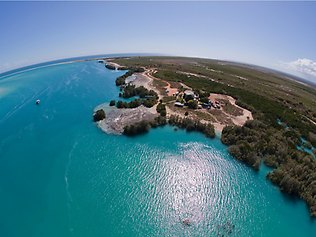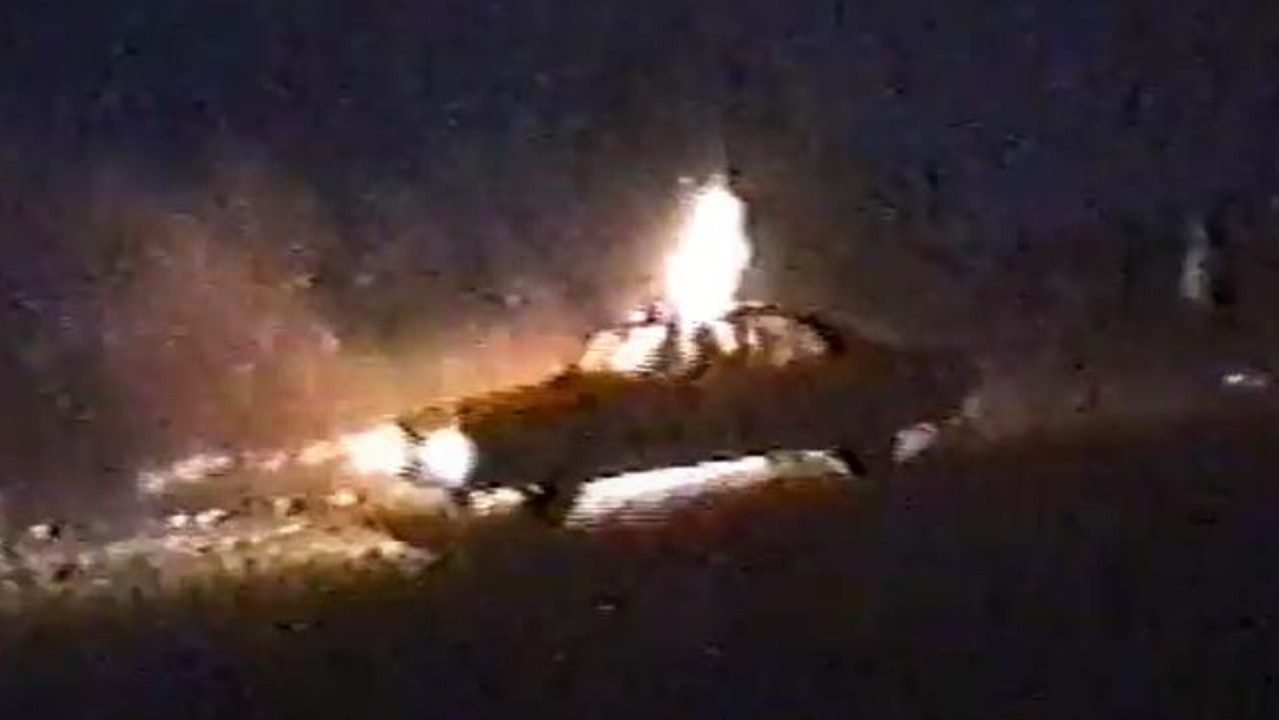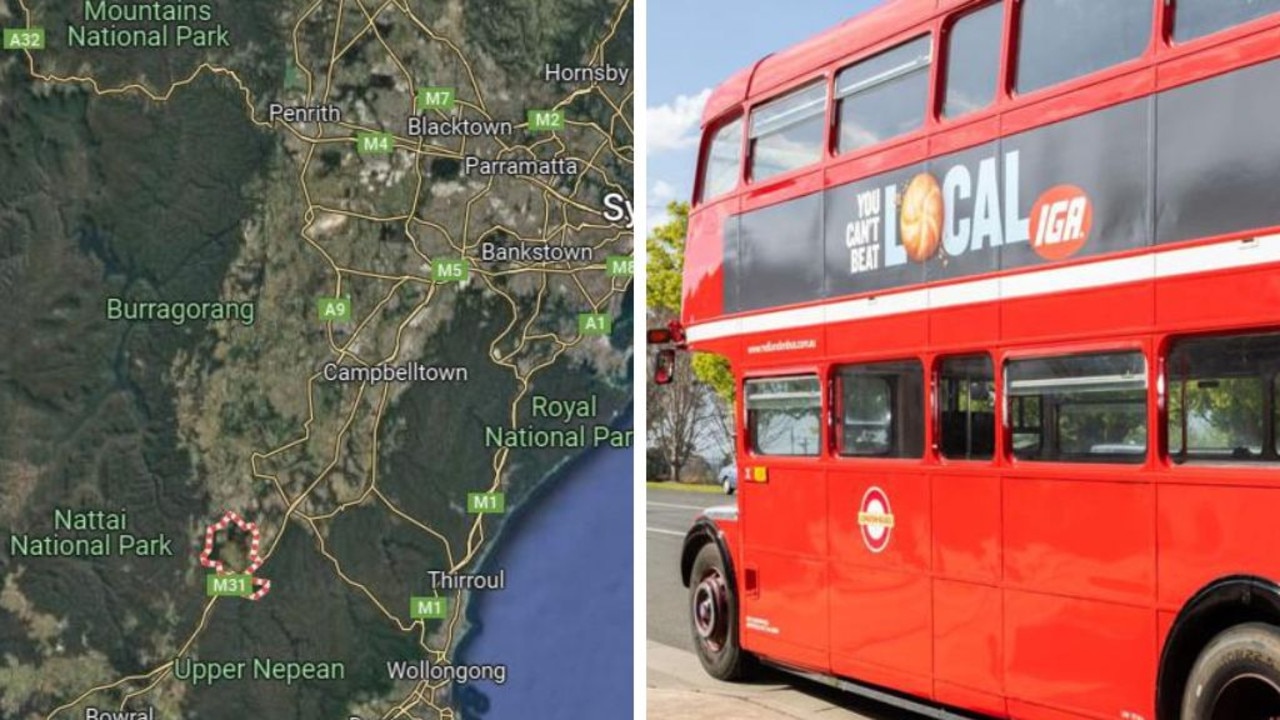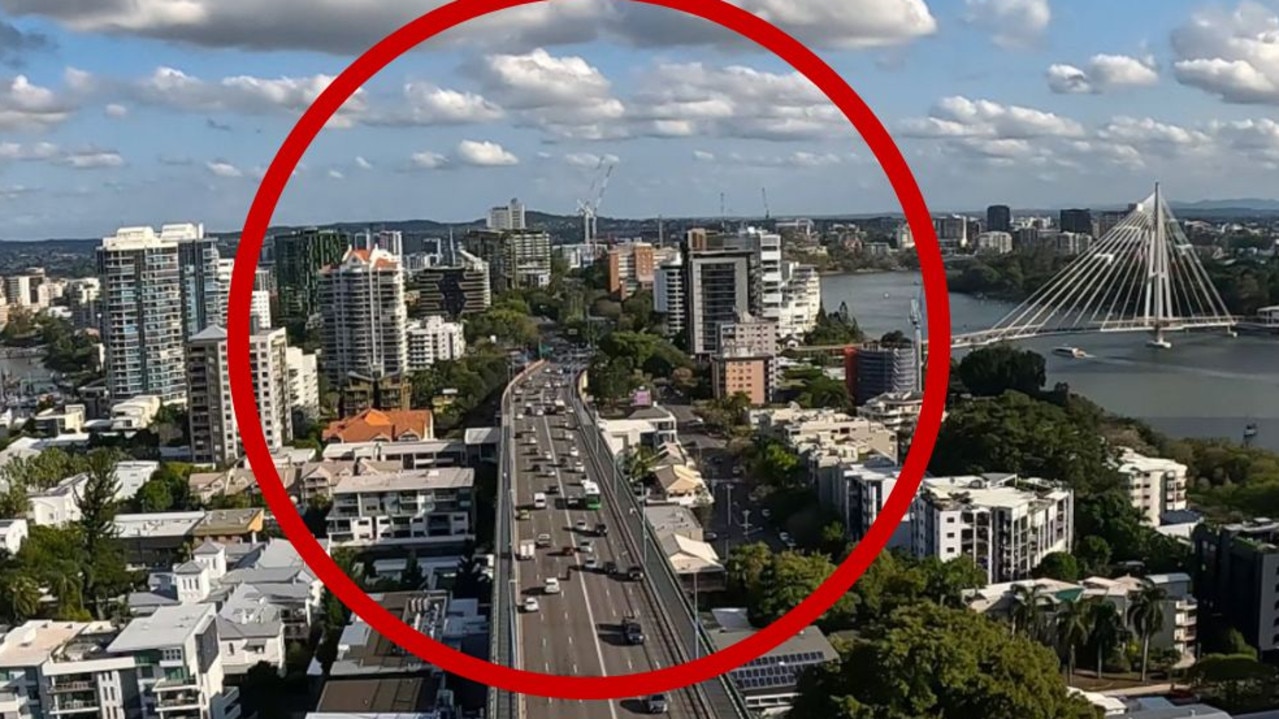There's good light in Broome
BROOME'S stories are found in its pearling history, its local drifters and its starry skies. The stories are easy to love, writes Kari Gislason.

BY THE end of a weekend in Broome, you are quite sure that this town is a fiction, an imagining.
I am in a provincial comedy. On my way from the airport, I will be kidnapped, driven to the newspaper offices and told to write the local shipping news, or the pearler news, or the gas works news - the news of whichever resources boom is next.
I will become one of the countless drifters who stop here, whether they meant to or not. My driver appears to be another.
"Six out of the last seven years," she tells me when I ask how long she's lived here.
We are on our way into town. She is probably about to kidnap me. We pass Chinatown, where the buildings retain the corrugated iron walls of Broome's rich history of booms and busts.
One is the legendary Roebuck Bay Hotel. A lone patron sits in the shade of the veranda waiting for the doors to open. He could be a local. I'm informed there are locals. And yet by day four I have concluded that this is another fiction.
I haven't met anyone born in Broome, and I begin to doubt they exist. Or they are like pearls found in the wild, a one in 5000 chance. These are not great odds.
One of the main pulses in Broome's history came when the odds improved. In the 1950s, the Japanese perfected the art of cultivating pearls and the town took off again. The farmed pearls off the coast produce a hit rate just shy of 5000 times better than in the wild. The marine biologists who tend them are as rich as miners.
I learn this at Willie Creek Pearl Farm, just outside Broome and just past the anti-gas works demonstrations. A sign says: "Dear Police, You are public servants, not private security." Apparently, many more police have recently been brought in, yet more newcomers.
The protesters and an unlikely RBT team sit in the pleasant heat of early winter, and a little later we arrive in our minibus at the pearl farm and take our seats in a shaded, outdoor classroom. Our pearl lesson is given by Simon Garelli, who says he will test us at the end.
I write down "Aragonite Crystals". These crystals produce a sandy texture when you rub a genuine pearl against your teeth. The fakes are smooth, like so many other kinds of fakes.
Garelli is jocular but not smooth. Like everyone, he has a story of how he ended up here. He says that by the time he'd ridden his motorbike to Broome, he'd been on straight roads for so long that his wheels had formed right angles.
This can't be true. But all the same, he expects us to believe how a pearl is formed: it is an oyster's defensive response to an intrusive grain of sand.
"Can I ask for a volunteer?" he says. I shouldn't volunteer. He has an oyster. I think something interactive is going to happen. But I do. And, of course, the next thing I know I am pinching an oyster's gonads. "Are you sure this is where the pearl is?" I ask.
"Yep," replies Garelli, and sure enough I feel the outline of something hard and precious.
A grain of sand enters the shell, disrupts the status quo and turns into a pearl. It seems a metaphor for Broome and the drifting grains of sand that end up here.
After lunch, I board the Willie Creek helicopter. I am asked to declare my weight. The pilot looks at me askance and says: "You're not exaggerating, are you? You don't look that heavy.""It's all muscle," replies a companion on my behalf, with more than a little irony.
I decide again that there's no believing anything in Broome.
He doesn't believe my weight. I don't believe the view from the chopper as it dips. The doors have been removed. From under me, a white coastline reaches back into town.
The estuary curls its winding arms among tidal flats and sand dunes. Then we cut out over the Indian Ocean. The sea begins with that milky aqua colour that deepens gradually to Texta blue.
Millions of pearls have created that effect. Or lime in the local rock, according to our guide. It's his version of a story of Broome that gets told from many angles: from the sea, from the land and even from the sky.
And after sunset you can take Greg Quick's Astro Tour of the night sky. I enjoy the event and I love the back story: Quick began these tours after a life of pearl diving and mustering, jobs where he slept under the stars and wondered about the constellations.
It seems so exotic and yet so typical of the place. In a night of cosmic facts, my favourite is rather down to earth: it is that Quick offers a season pass to locals. I briefly wonder how he defines a local. Is it fellow drifters?
And then I get my definition, when I strike up a conversation with what I will call a Broome local, in this case a Dutch migrant who arrived four years ago and doesn't plan to leave.
"It's the most wonderful place," she says. "I don't walk down the street without meetings friends, stopping to talk."
At the end of the Astro Tour, I remember a poem. It is called Astrophil and Stella, or "stargazer and star". It's a very old work, but it contains the following advice to authors of all times, kidnapped or otherwise: "Look in thy heart, and write."
Above all else, Broome says the same thing. This is a place of the heart. That's why people get stuck here, and it's why they rehearse the story of how they came to be stuck. For they are stuck in love and, like all lovers, they want to tell everyone how it happened.
The writer was a guest of WA Tourism.
Go2 - BROOME
Staying there
Stay at Cable Beach Club Resort & Spa from $349 a room a night, with a glass of sparkling wine on arrival and return Broome Airport transfers. Stay four nights or more in a garden-view studio and receive a $100 dining voucher to use at one of four restaurants and bars. Valid until October 14, subject to availability.
Ph 1800 199 099.
"Like" Escape.com.au on Facebook
Follow @Escape_team on Twitter



